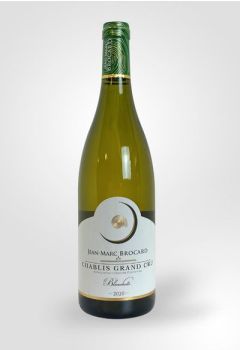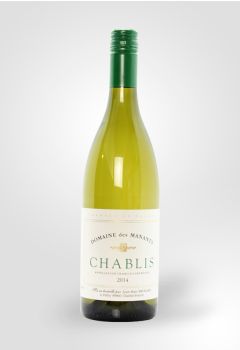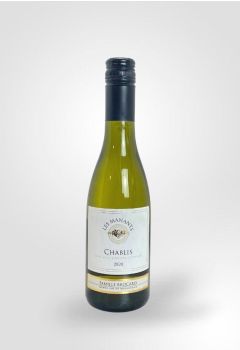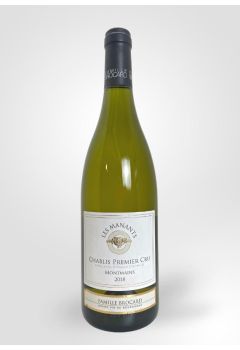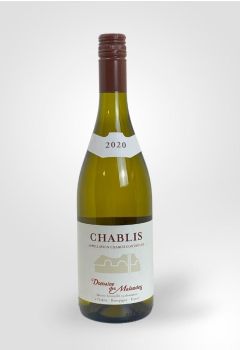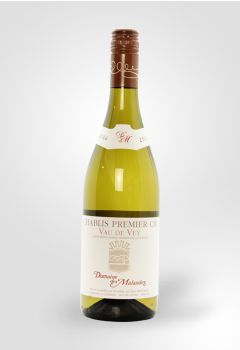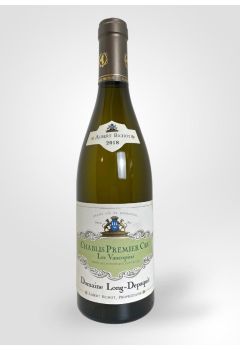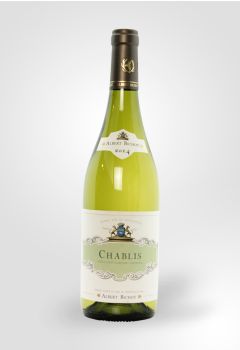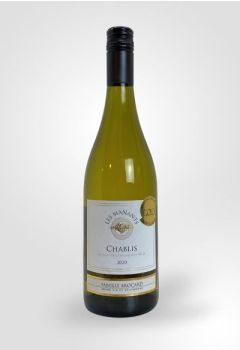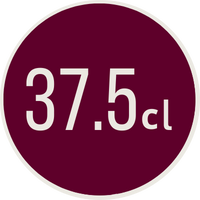
-
- Origin
- France
- Burgundy
- Chablis
A lighter and more mineral style of Grand Cru Chablis. This is due to the vineyard facing south western which makes for a cooler mesoclimate than the ... Read More- Origin
- France
- Burgundy
- Chablis
A lighter and more mineral style of Grand Cru Chablis. This is due to the vineyard facing south western which makes for a cooler mesoclimate than the ... Read More -
- Origin
- France
- Burgundy
- Chablis
A lighter and more mineral style of Grand Cru Chablis. This is due to the vineyard facing south western which makes for a cooler mesoclimate than the ... Read More- Origin
- France
- Burgundy
- Chablis
A lighter and more mineral style of Grand Cru Chablis. This is due to the vineyard facing south western which makes for a cooler mesoclimate than the ... Read More -
- Origin
- France
- Burgundy
- Chablis
A lively, expressive white with subtle notes of ripe mango, passion fruit, tropical flowers, and vanilla. On the palate, the wine is textured and well... Read More- Origin
- France
- Burgundy
- Chablis
A lively, expressive white with subtle notes of ripe mango, passion fruit, tropical flowers, and vanilla. On the palate, the wine is textured and well... Read More -
- Origin
- France
- Burgundy
- Chablis
Jean-Marc Brocard is one of the leading Chablis producers. This is a classic wine displaying the character of a true Chablis. Hints of lemon and white... Read More- Origin
- France
- Burgundy
- Chablis
Jean-Marc Brocard is one of the leading Chablis producers. This is a classic wine displaying the character of a true Chablis. Hints of lemon and white... Read More -
- Origin
- France
- Burgundy
- Chablis
Jean-Marc Brocard is one of the leading Chablis producers. This is a classic wine displaying the character of a true Chablis. Hints of lemon and white... Read More- Origin
- France
- Burgundy
- Chablis
Jean-Marc Brocard is one of the leading Chablis producers. This is a classic wine displaying the character of a true Chablis. Hints of lemon and white... Read More -
- Origin
- France
- Burgundy
- Chablis
A delicious Premier Cru Chablis with rich, ripe fruit and a delightfully flinty, mineral and fruit-driven character, typical of a wine of this quality... Read More- Origin
- France
- Burgundy
- Chablis
A delicious Premier Cru Chablis with rich, ripe fruit and a delightfully flinty, mineral and fruit-driven character, typical of a wine of this quality... Read More -
- Origin
- France
- Burgundy
- Chablis
Expressive aromas of crisp fruit, there is plenty of citrus and green apple flavour followed by a rich mineral finish. A pure expression of the terroi... Read More- Origin
- France
- Burgundy
- Chablis
Expressive aromas of crisp fruit, there is plenty of citrus and green apple flavour followed by a rich mineral finish. A pure expression of the terroi... Read More -
- Origin
- France
- Burgundy
- Chablis
Classic Premier Cru Chablis with floral notes lifting above a rich minerality on the palate. There is some crisp apple fruit here too that combines we... Read More- Origin
- France
- Burgundy
- Chablis
Classic Premier Cru Chablis with floral notes lifting above a rich minerality on the palate. There is some crisp apple fruit here too that combines we... Read More -
- Origin
- France
- Burgundy
- Chablis
Crisp and juicy with good fruit and plenty of minerality. Read More -
- Origin
- France
- Burgundy
- Chablis
This wine features an expressive, rather powerful nose. Milk caramel notes combine with elegant, refined nuances of oak. A hint of sweetness on the pa... Read More- Origin
- France
- Burgundy
- Chablis
This wine features an expressive, rather powerful nose. Milk caramel notes combine with elegant, refined nuances of oak. A hint of sweetness on the pa... Read More -
- Origin
- France
- Burgundy
- Chablis
A modern style Chablis jam packed with fresh, green apples and hints of citrus. A firm, refreshing mineral backbone runs through the palate and on to ... Read More- Origin
- France
- Burgundy
- Chablis
A modern style Chablis jam packed with fresh, green apples and hints of citrus. A firm, refreshing mineral backbone runs through the palate and on to ... Read More
Vines and Styles
Only one grape variety is present in Chablis, and that is Chardonnay. It may have spread across the globe, but this part of the world (Burgundy and Champagne) is its home and still considered by many to produce its finest examples.
Two distinct styles are present in Chablis, and the use of oak is what sets them apart. Traditionally it was the only material available for vinification and maturing, and was therefore an intrinsic part of the wine, but the development of stainless steel tanks changed all this. Many producers believed that the new material allowed the flavours and nuances of the terroir to come to the fore and make the wines unique, whilst others maintained that oak gave richness and complexity. The debate still rages, and though both styles are common it will not be evident from the label which is adhered to.
Climate and Terroir
The geology of Chablis is all-important. Kimmeridgian limestone, named after a Dorset village and very high in marine fossils, gives the wine its remarkable flint and mineral qualities. Regarding the climate, the district is northerly and prone to devastating spring frosts. Some producers use heaters in their vineyards to protect their precious grapes, but the carbon footprint of Chablis is not for discussion here.
Grand and Premier Cru Vineyards
These appellations, where they apply, will be prominently displayed onthe label.
The seven Grand Cru vineyards, making up just over 100ha in a single block of very expensive land, are: Les Clos, Blanchots, Bougros, Vaudésir, Valmur, Preuses and Grenouilles.
The well-dispersed Premier Cru vineyards are: Mont de Milieu, Montée de Tonnerre, Fourchaume, Vaillions, Montmains, Côte de Lechet, Beauroy, Vauligneau, Vaucoupin, Vaudevey, Vosgros, Les Fourneaux, Côte de Vaubarousse, Berdiot, Chaume de Talvat, Côte de Jouan and Les Beauregards. In some of these, smaller appellations exist but are rarely named on the bottle.





